Rachel Agoglia
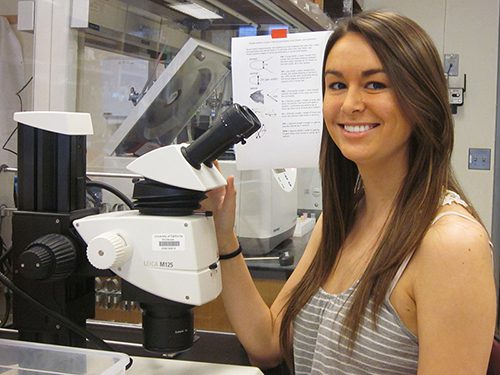
Understanding the genetic mechanisms that underlie morphological evolution is a long-standing goal in biology. The threespine stickleback (Gasterosteus aculeatus) is an emerging model organism with features ideal for studying the molecular basis of morphological evolution. Several stickleback populations display evolved differences in tooth number, likely adaptive to match different diets. These differences in tooth number are largely controlled by a Quantitative Trait Locus (QTL), a genomic region controlling a quantitative trait. This QTL is located on chromosome 21 and contains an excellent candidate gene: Bone Morphogenetic Protein 6 (Bmp6). I […]
Mansee Desai
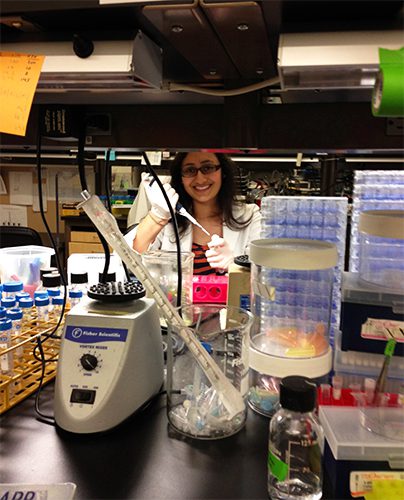
I will be working with the Murine gammaherpesvirus 68 (MHV68), a member of the Herpesviridae family consisting of over one hundred viruses capable of infecting a wide array of hosts. My gene of interest, muSOX, is a viral gene that targets and cleaves cytoplasmic host mRNAs and is the mouse analog of the SOX gene in the human gammaherpesvirus. A former graduate student constructed an MHV68 virus that is defective for host shutoff (HS). The HS virus has a single point mutation R443I and is incapable of targeting and degrading […]
Louis Lau
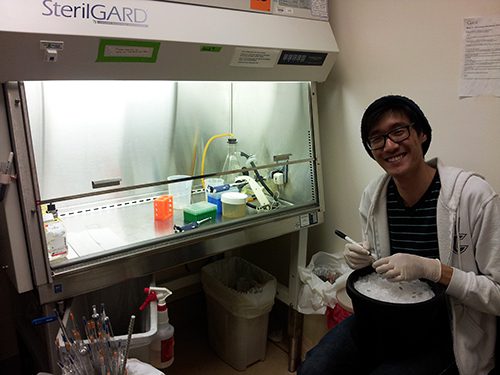
I aim to study the role of antibody avidity in the immune response to dengue virus (DENV) infection, and antibody-dependent enhancement as a result of low DENV-specific neutralizing activity, which is thought to influence progression to more severe disease in secondary heterotypic DENV infectionproblematic natural infections in hyperendemic areas. Despite the great burden of dengue disease worldwide, no antiviral therapy or vaccine is commercially available, although several vaccines are currently being tested in clinical trials. The first proof-of-concept dengue live attenuated vaccine efficacy trial that were recently published by Sanofi […]
Pedro Amaral
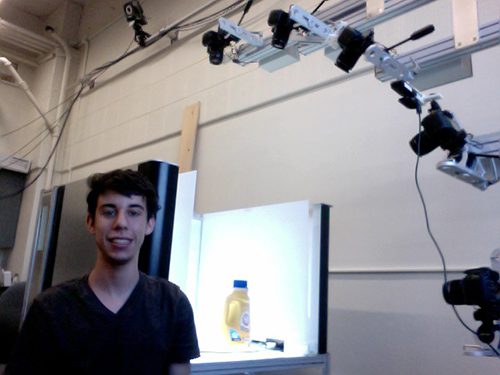
My research this summer focuses on object recognition for robotics. The goal is to have a robot be able to look at several objects and be able to not only identify each object, but also figure out how each is positioned. I will apply deep learning algorithms that have proven useful in other vision tasks to this problem.
Akash Dixit
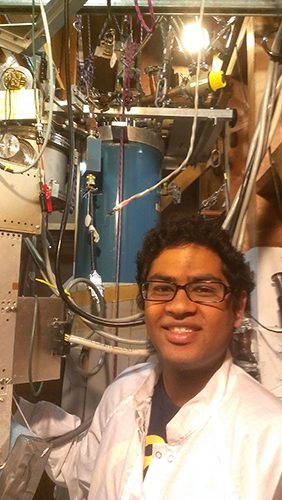
Dark matter is ubiquitous in this universe yet has not been detected directly. The leading candidate particles for dark matter are Weakly Interacting Massive Particles (WIMPs). The Cryogenic Dark Matter Search utilizes measurement of ionization and phonons in order to discriminate between background particles and rare WIMP interactions. Achieving complete charge collection by the ionization readout is challenging due to trapping within the low temperature Germanium detectors. The charge transport experiment will provide great insight into the phenomenon of charge trapping and this information will have wide implications in low […]
Robynne Lindsey
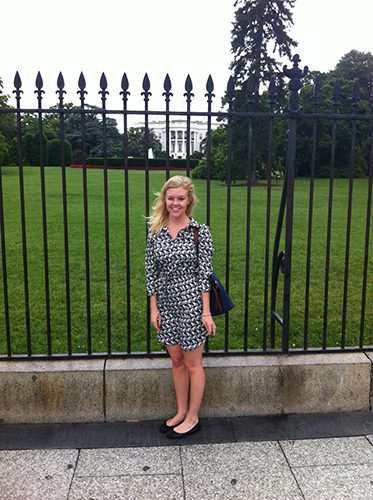
Washington, D.C. is arguably the nation’s largest hotspot for young adults seeking professional careers. College students who aspire to these positions are typically advised to develop their professional networks. My research question asks how young college-affiliated adults ages 18-25 perceive networking relationships, how they develop and maintain networking ties, and how effective those networks truly are in their career trajectory. First, I will investigate how college students interning in the city view and participate in social and/or digital networking. Next, I will interview Cal in the Capital Alumni in D.C. […]
Rami Ariss
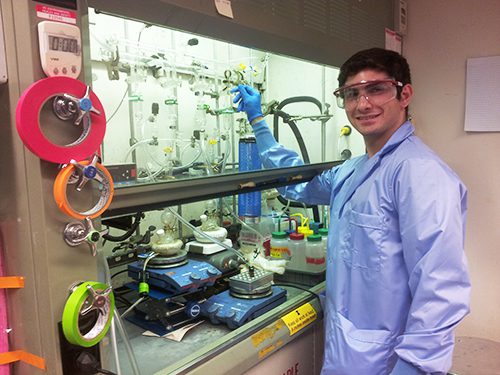
Cadmium Telluride (CdTe) is an alternative semiconductor to silicon for photovoltaic applications. Its advantageous physical properties allow it to absorb an equal amount of light with a fraction of silicons thickness; this means lower material costs. However, lack of fundamental research renders this material less efficient than silicon. Recent attempts at reducing manufacturing costs of CdTe solar cells investigate solution deposited nanocrystal (NC) films, i.e.semiconductor ink. During solar cell fabrication, CdTe films must be exposed to CdCl2 and heated to improve device performance. My research will investigate the effect of […]
Emily Doyle

I am currently exploring the question of the ways in which the phrase as if — as it appears in novels by Henry James, particularly What Maisie Knew — implicates integration into a social existence in which the curious and problematic acceptance of both reality and unreality is required of the self, particularly the pre-adolescent self. This is a vital question because, first, it offers a foundation from which to examine the complex interplay between several important novelistic factors: the self in relation to the other, the socialization of the […]
Joshua Moller-Mara
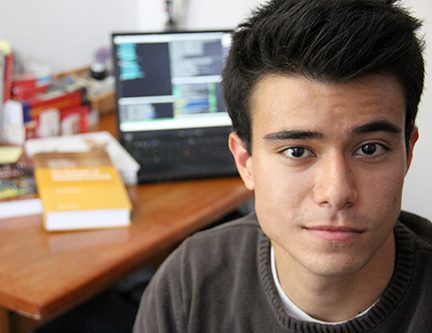
My research involves various aspects of decision making in social situations. When making decisions, people generally don’t have all the information necessary to make an informed decision. So, to make up for this lack of information, people rely on the behavior and decisions of others. This occurs in many everyday situations, for example, in choosing a restaurant to dine in based on the number of patrons. In certain situations, this behavior can be rational. In what are called “”information cascades”” people rationally follow the actions of others, even when their […]
Alina Enoiu

Many communities in the San Francisco Bay Area struggle with food insecurity or the lack of access to healthy and affordable food, making them more likely to suffer from diet-related diseases such as obesity and diabetes. Because these communities have a base of corner stores where people already shop, such as liquor stores or other smaller-scale stores, bringing healthy options to local corner stores may be a more effective strategy than developing larger supermarkets. My project will examine whether the federal governments strategies of providing financial incentives to storeowners is […]